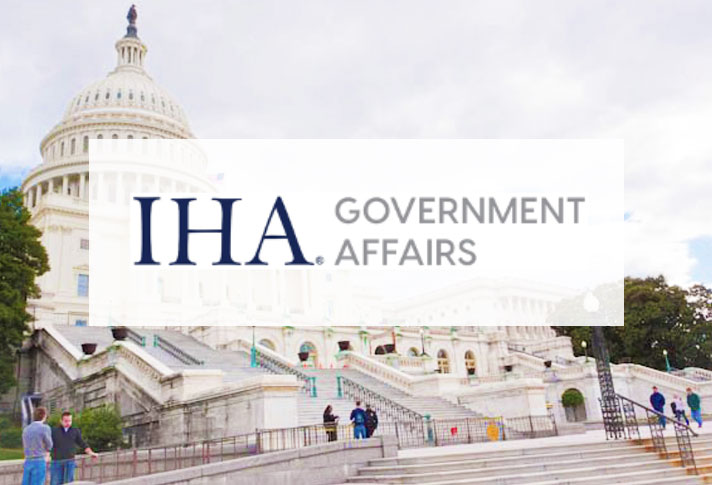In 1986, California voters approved Proposition 65 (the Safe Drinking Water and Toxic Exposure Act), a ballot initiative to address concerns about exposure to toxic chemicals. It requires California to publish a list of chemicals known to cause cancer or reproductive toxicity, and for businesses with 10 or more employees to provide warnings when they knowingly and intentionally cause significant exposures to listed chemicals.
There are roughly 900 substances on the list and California’s Office of Environmental Health Hazard Assessment (OEHHA), which has developed threshold levels for about 300 to guide businesses in determining whether a warning is necessary. If the chemical is below the levels listed, in theory the business has a safe harbor from providing a warning.
A 2015 CA Appeals Court ruling (Environmental Law Foundation v. Beech-Nut) provided businesses with clarity about standards for determining whether exposure to Prop 65-listed chemicals are below the safe harbor or the No Significant Risk Levels (NSRLs) for carcinogens, or the Maximum Allowable Dose Levels (MADLs) for chemicals without an OEHHA safe harbor level.
OEHHA administers Prop 65 and adopted changes to Prop 65 warning requirements that went into effect in August 2018. These changes give businesses the flexibility to use a short-form warning in certain circumstances or continue with a long-form warning requiring the identification of one or more Prop 65 chemicals in products. This stemmed from companies’ complaints that the long-form warning wouldn’t fit on small products or containers.
But in 2021, OEHHA proposed changes to the short-form warnings expressing concern that they were being overused and should identify at least one listed chemical in the product. The changes also specified print size on short-forms and product eligibility per surface area. For now, however, OEHHA’s website (https://oehha.ca.gov/proposition-65) suggests these changes are not in effect.
The most problematic aspect of Prop 65 is that it allows for private enforcement, and plaintiffs only need to allege a violation has occurred and don’t need to show harm, injury or damage to people, property or the environment. Bringing a Prop 65 action is relatively easy and lucrative for plaintiffs and their counsel, often called “Bounty Hunters.” Private plaintiffs retain 25% of the negotiated penalty (the balance goes to the state) and are entitled to attorneys’ fees and costs.
Private parties seeking to enforce Prop 65 must first give 60 days’ advance written notice of their intent to sue. The notice must also go to the CA Attorney General and the district attorney, city attorney or local prosecutor where the violation is alleged to have occurred. Notices alleging exposure to a listed chemical must also have a certificate of merit that the issuer consulted with a person with “relevant and appropriate experience or expertise” who found there is a “reasonable and meritorious case for the private action.”
Once a plaintiff establishes that a listed chemical is present, even at a very low level, the burden of proof to demonstrate that an actionable exposure hasn’t occurred shifts to the defendant. As this is a difficult burden to meet, most Prop 65 cases are resolved through negotiated settlements.
The ability to shift the burden of proof and defendants’ cost to litigate, along with CA’s massive list of substances, has caused nearly all products in CA to have Prop 65 warning labels. These defensive measures might be of no benefit for consumers, but it’s estimated there have been over $200 million in Prop 65 settlements since 2000 with a big percentage of that amount going to plaintiffs’ lawyers.



